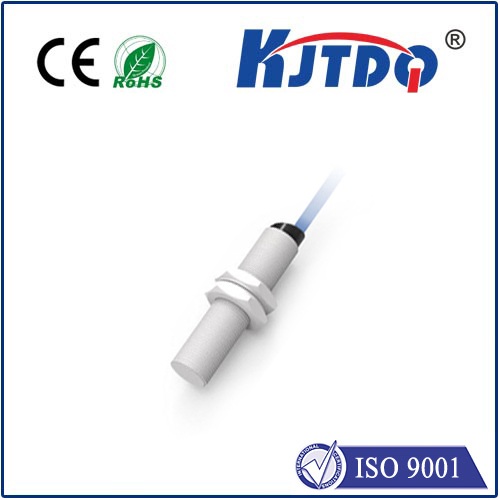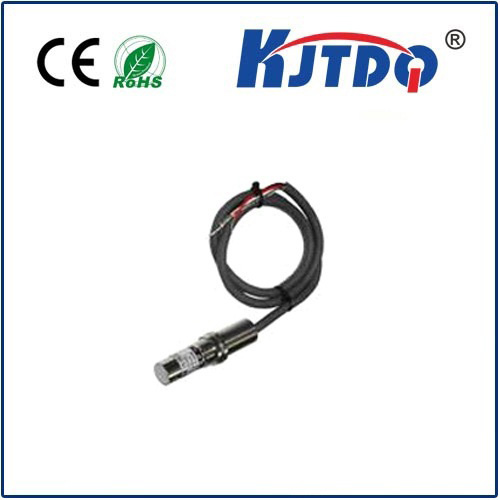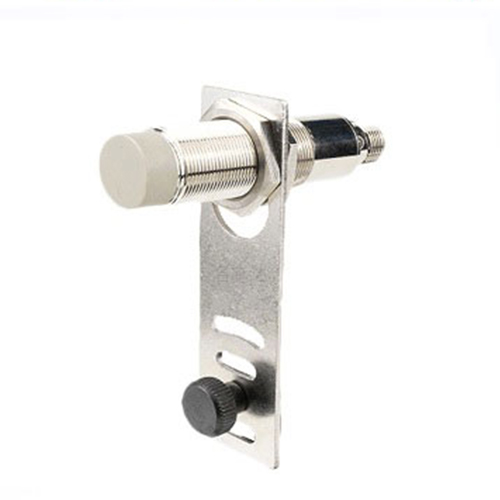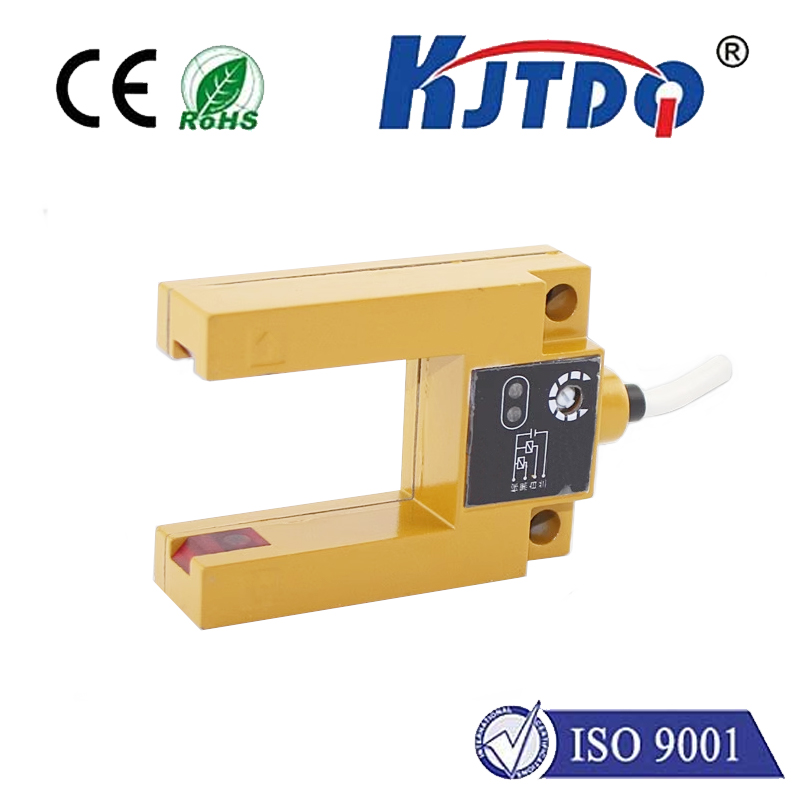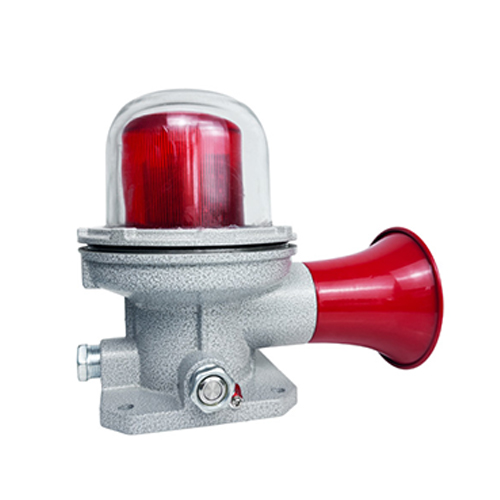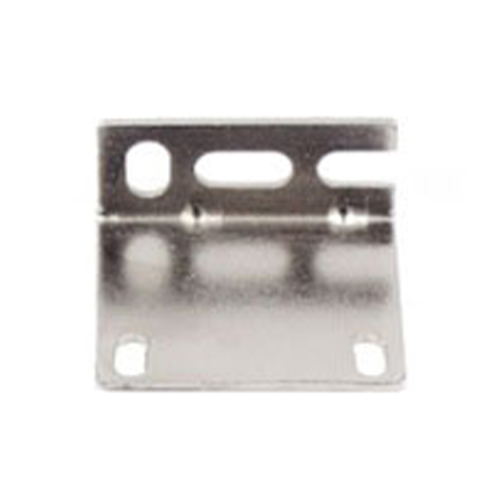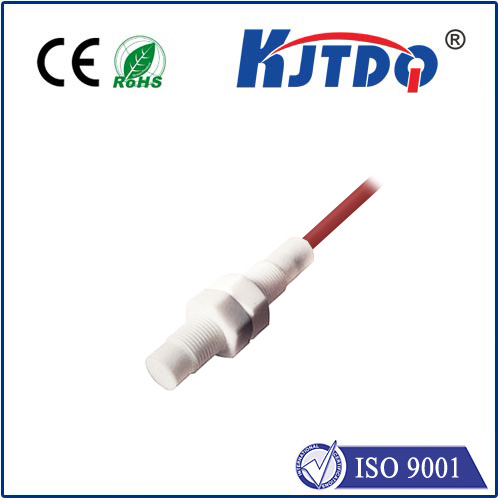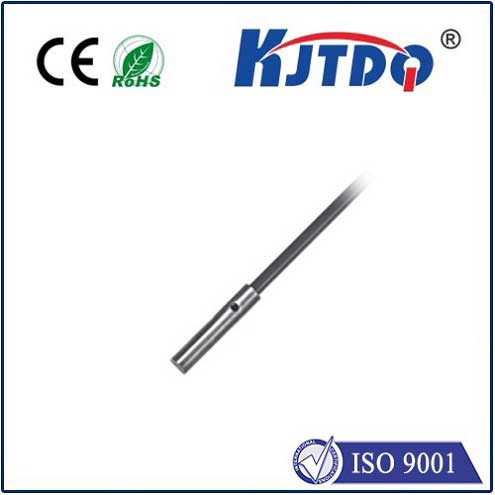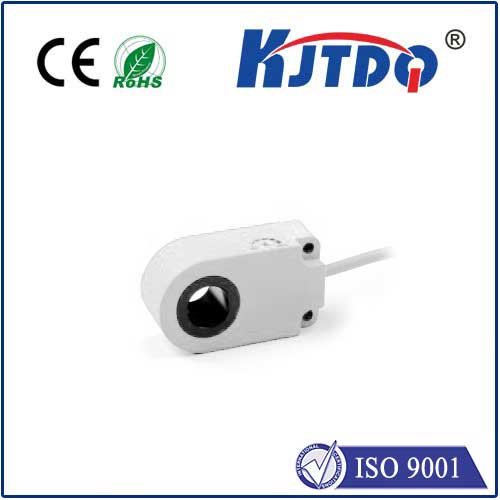

check

check

check

check

check

check

check

check

check

check
Imagine waking up on a chilly morning to a perfectly heated home, controlled by an unobtrusive panel showing the current room temperature. Picture confidently pulling a roast from the oven because a small digital readout assures you it’s reached the perfect core temperature. Envision monitoring a critical industrial process where a single degree fluctuation matters, all visualized clearly on a dedicated screen. This is the pervasive, yet often overlooked, realm of LCD temperature displays. These unassuming interfaces are fundamental pillars of modern technology, silently translating thermal data into actionable information across countless applications. From the essential digital thermometer in your medicine cabinet to sophisticated control panels in manufacturing plants, LCD displays bring clarity and control to the invisible world of heat and cold.
The Science Behind the Readout: How LCDs Convey Temperature Data
At their core, LCD temperature displays are the visible endpoint of a sophisticated measurement chain. Sensors, most commonly thermocouples, RTDs (Resistance Temperature Detectors), or thermistors, detect thermal energy and convert it into an electrical signal proportional to the temperature. This raw signal is processed by a microcontroller or dedicated circuit. The processed data – the precise temperature value – is then sent to the display driver, which controls the individual segments or pixels of the LCD (Liquid Crystal Display). LCD technology operates by manipulating the alignment of liquid crystal molecules sandwiched between polarizing filters. When an electric field is applied via the driver, the molecules twist, controlling how much light passes through, thereby forming the numbers, letters, or symbols we see. This makes LCDs exceptionally well-suited for temperature readouts: they are low-power, offer excellent visibility in various lighting conditions (often without needing a backlight), and are relatively inexpensive to produce.
Why LCD Reigns Supreme for Temperature Monitoring

While other display technologies exist (like OLED or LED segment displays), LCDs hold a dominant position in temperature visualization for compelling reasons:
Ubiquitous Applications: Where LCD Temperature Displays Make a Difference
The applications of LCD temperature displays are remarkably diverse, touching nearly every aspect of modern life:
In each case, the LCD display provides the critical human-machine interface, transforming sensor data into easily understandable information for decision-making, control, or simple awareness. Choosing the right thermometer with LCD display often hinges on factors like required accuracy, environmental conditions, power source, and the need for additional data visualization beyond just the temperature number.
Beyond the Basics: Enhancing the Temperature Display Experience
Modern LCD temperature displays are constantly evolving. While simple segment displays remain common, enhancements include:
The Future: Reliable Readouts Remain Paramount
As technology marches forward with innovations like IoT connectivity, AI-based predictive temperature management, and increasingly sophisticated sensors, the fundamental need remains: users must be able to see and understand the temperature. The LCD display is poised to continue fulfilling this role effectively. Its core strengths – low power drain, reliability, and clarity – make it incredibly difficult to displace for the majority of temperature monitoring tasks. While new display technologies emerge, the proven combination of temperature sensors and LCD displays offers an unbeatable blend of efficiency, functionality, and cost for translating the critical parameter of heat into visible, actionable knowledge. Whether subtly integrated into a kitchen appliance or forming the central hub of an industrial control station, LCD temperature displays remain indispensable silent guardians of thermal precision.
